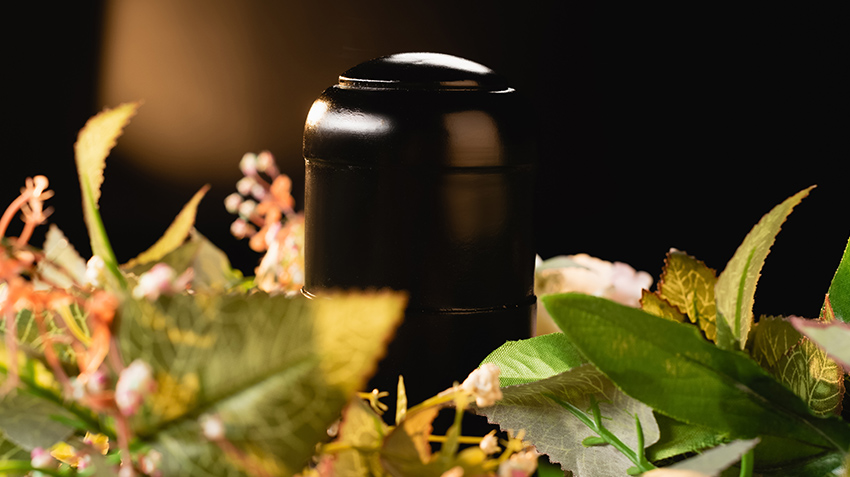
The passing of a loved one is a difficult reality to accept and when it comes to dealing with the different parts of a funeral service, it can become an overwhelming emotional experience.
One of the important parts of a funeral service is the burial or cremation. With many opting for a cremation rather than a burial, it’s important to understand the different types of cremation services available.
By taking into consideration what your loved one would have wanted, you can honor their life and memory and give them the farewell they deserve. This is why selecting the right cremation service can play a significant role in the funeral service. Here are the types of cremation services.
1. Traditional Cremation
Perhaps the most frequently seen of the types of cremation services is the traditional cremation and it’s also what many people visualize when they think about the cremation process.
A traditional cremation means that the cremation takes place after a series of services that give family and friends a chance to pay their respects to the deceased. This will include the funeral service, a memorial, and viewing services.
All these services you see at a traditional cremation have a single thing in common—the body of the deceased is present. This is why traditional cremation services take place immediately after the death.
The remains will be present at every service and after the memorials have finished, the funeral home will cremate the body and give the ashes to the family.
2. Memorial Cremation
Contrary to traditional cremation, memorial cremation doesn’t have the remains of the deceased present at any in-person services. The body is cremated immediately after death and therefore, negates the need to prepare a service after your loved one has passed.
Once cremated, the remains are placed in an urn and displayed during the respective memorial service.
Generally, the remains will become an important part of the memorial service as attendees will make this an opportunity to pay their respects to the deceased.
Although some prefer to have the cremated remains at the memorial service, there are those who will carry out the memorial service without them. Instead, they may opt to display a number of photographs, presentations, or even songs that memorialize the deceased.
3. Direct Cremation
In comparison to traditional and memorial cremations, direct cremations are relatively straightforward and simple.
As implied by the name, direct cremations involve the cremation and nothing more. This is one of the more popular types of cremation services for those who prefer not to hold a funeral service.
What happens after the cremation?
Every cremation ends in ashes and what you do with them is completely up to you. The majority of people prefer to place the ashes in an urn to keep their loved ones close to them, but there are other options that you can select depending on what you want:
- Share the ashes between family members or loved ones
- Scatter the ashes in a location that holds special significance to the deceased
- Bury the ashes
- Store the urn containing the ash in a mausoleum
- Turn the ashes into jewelry
Choose the right types of cremation services for your loved ones
If your loved one has clearly communicated their preference when it comes to being cremated, you’ve already overcome an important step in a long process. However, if they haven’t specified what they would prefer then you have the additional responsibility of selecting the right cremation service that would best honor them and their memory.
Selecting a funeral service provider that has the capability to offer the cremation services you need can make the process much easier and give you the space you need to mourn your loved one.



